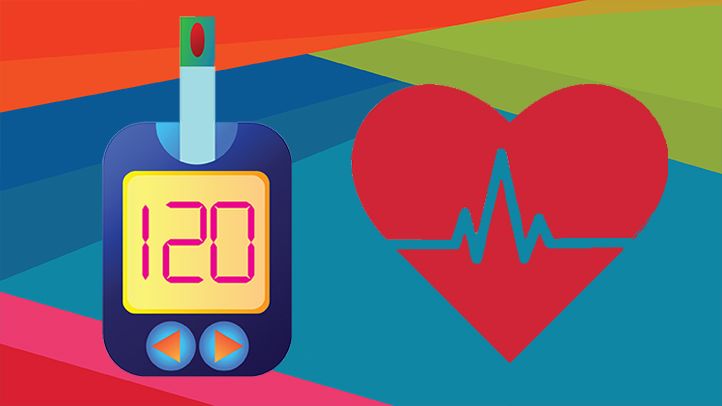It is challenging to prevent wrist sprains, especially when you encounter an accident. Athletes and people engaged in sports are prone to wrist sprains regularly; however, they can be controlled with caution. If you are an athlete or play sports regularly, you can protect your wrists with tape or a wrist guard. They hold your wrist in place and prevent it from bending backward when you fall or slip.
– What should you do if you have sprained your wrist?
If you have sprained your wrist, give it time to heal. Specialists from the Gladstone Pain Control Clinic say the time it takes for your wrist to heal depends upon how severe the condition is. In most cases, the time taken for the injuries to heal can range from two to ten weeks. Everyone heals at their own pace; however, the recovery depends upon the grade of the wrist sprain you have encountered. Grade 1 generally takes about two to four weeks, compared to Grade 3, which commonly takes around three months to heal.
While you allow the wrist sprain to heal, you can take up a new activity that will not affect your recovery. For instance, you can exercise safely on a stationary bike. Remember not to rush things and return to your previous physical activity levels. It would help if you did not get back into your previous levels of exercise until you feel no pain when your wrist is rested. Ensure-
- You resume practice when you can move and hold objects with a tight grip.
- You feel strong in the arm and wrist where the injury occurs.
– Treatment for sprained wrists
If you feel pain in your wrist, apply ice to reduce inflammation and swelling. Application of ice should be made for at least 20–30 minutes every 3–4 hours till the pain subsides. If you have sprained your wrist, rest it for at least two days or 48 hours.
If the pain is chronic, your doctor will give you over-the-counter painkillers. You should also compress your wrists with a bandage and elevate them above your chest on the back of a chair or a pillow as much as possible. There are other medications your doctor will prescribe to deal with the swelling and redness if any.
– Physical exercise and stretching
It would help if you used a splint or a cast to keep the wrist immobile; however, this should be for a short interval only until you visit your doctor. Your doctor will determine whether you should wear the splint or cast for a few days after examining your wrist. If you keep your wrist in a form or a sling for too long, this will result in muscle weakness and stiffness.
After a few days, when the wrist starts to heal and feel better, you should practice strength-training exercises under the guidance of an occupational therapist. Never rush the healing process, and follow your doctor’s advice before returning to the regular chores that you used to do.




